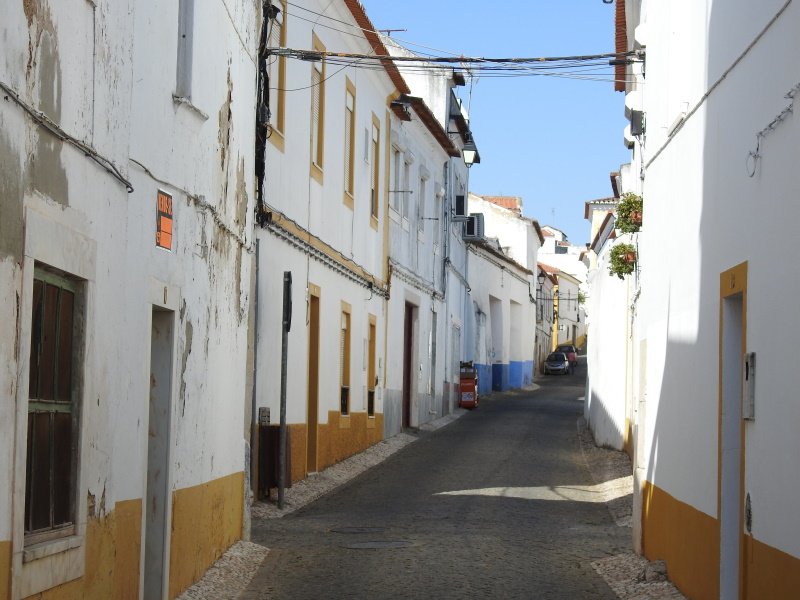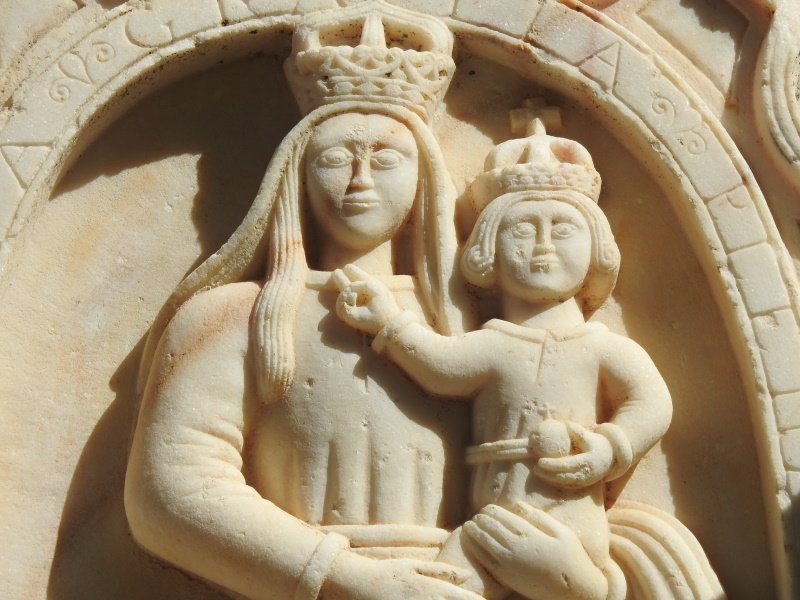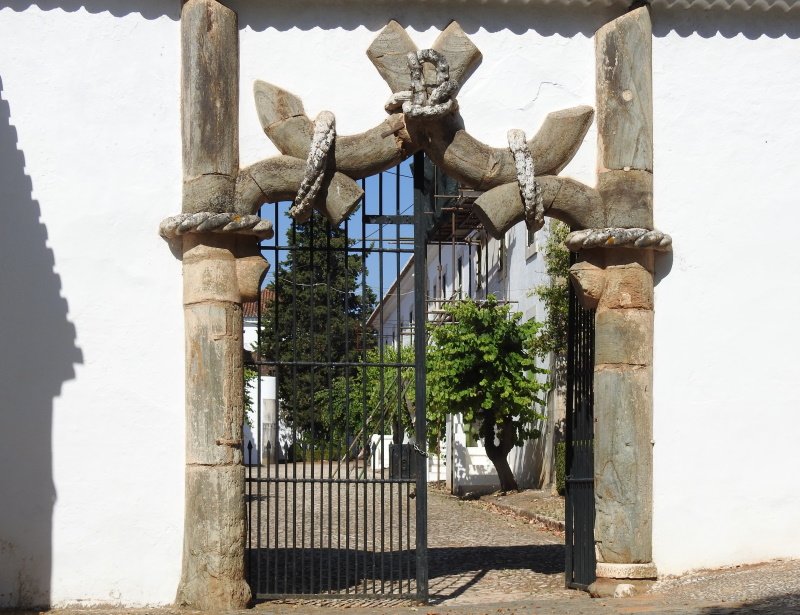Els Slots
Vila Viçosa
Vila Viçosa , which may be up for nomination in 2022 , is a town in the south central Portuguese region of the Alentejo. It lies close to the Spanish border, in the sweltering interior of the Iberian Peninsula. All the houses and many of the other buildings here are painted white, the streets are narrow. When I arrived in the afternoon the temperature was 38 degrees Celsius and there was no one to be seen in its streets: the locals know better and there were no tourists.

In the evening I had to leave my airconditioned hotel room to find something to eat. There aren’t many restaurants and nothing opens before half past seven. I ended up at the hippest place in town: Craft BBS - here they sell home-brewed beers and luxury burgers. I was able to get the last table inside, the rest of them both inside and outside were already reserved. Due to the mandatory distance between the tables, they cannot accommodate many guests at this time.
The next morning I tried my best to get to know Vila Viçosa. As a possible future World Heritage Site of Portugal, it is framed as a planned city based on Renaissance ideals. It was the seat of the House of Braganza, which supplied the country with 15 Portuguese kings and 4 Brazilian monarchs until the early 20th century. It has a 14th century castle, from which you have a beautiful view of one of the 2 city’s central squares and the eye-catching St. Bartholomew's Church.

Vila Viçosa is also known for its marble. Many of the buildings, including ordinary houses, have marble decorations. These are the visible manifestations of the prosperity that the House of Braganza brought to the city. The marble is extracted, processed and exported in this region.
The largest square is the one in front of the Ducal Palace - and of course it has an equestrian statue (of Joao IV, the first Portuguese king in the Braganza dynasty). The palace itself has a long, sleek facade. One can enter with a guided tour, but I did not have to convince myself for long to skip that. At the other 3 sides of the square are a former monastery, a church and the gardens of the palace.
In a side street when you walk out of the palace garden you'll see a striking gate: the Knot Gate. It is a remnant of the 17th century palace wall, the knot is the coat of arms of the Braganza family or - according to other sources - the symbol of the breaking of ties with Spain.

Vila Viçosa is a neat and well-kept city. Rows of orange trees decorate the sidewalks and also provide some shade. I had doubts beforehand whether it would be worth stopping here at all, but I did not regret it. However I found it not special enough for WH material, being located in region which already has Elvas and Évora designated (they lie within 30 and 65 kilometer respectively). With Vila Viçosa, Portugal also seems to continue its trend to propose sites that are especially important to its own history (the link to the House of Braganza in this case) and stay on the conservative (already overrepresented) side regarding the subject category.
More on
Els SlotsComments
No comments yet.
